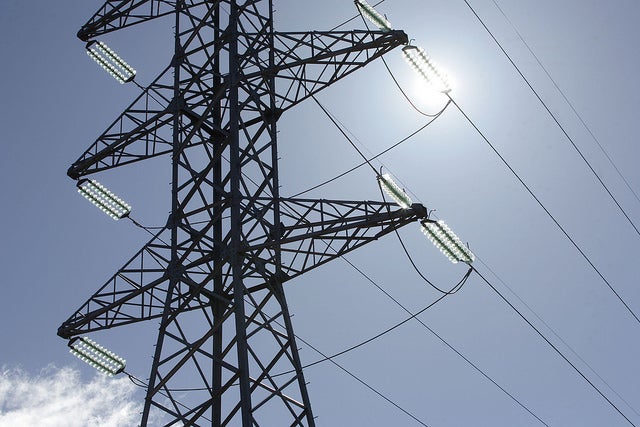Here is a new paper I wrote that provides perspectives on patterns of public-private partnerships (PPPs) in infrastructure across time and space.
 PPPs are a new term for old concepts. Much infrastructure started under private auspices. Then many governments nationalized the ventures.
PPPs are a new term for old concepts. Much infrastructure started under private auspices. Then many governments nationalized the ventures.
Governments often push infrastructure providers to keep prices low. In emerging markets, the price of water covers maybe 30 percent of costs on average, that of electricity some 80 percent of costs. This renders public infrastructure ventures dependent on subsidies. When governments run into fiscal troubles, they often look again for PPPs, and price increases. As a result, PPPs keep making a comeback in most countries, but are not always loved.
Waves of interest in PPPs sweep different countries at different times. Overall, in emerging markets today, PPPs account for some 20 percent of infrastructure investments, with wide variations across countries and from year to year.
There is no “killer” rationale for PPPs. They can help raise financing when governments face borrowing constraints. They can be more efficient when sound incentives are applied. Existing evaluations suggest PPPs tend to perform often a bit better than public provision. Yet, well-run governments can do as well.
PPPs provide mechanisms to improve the governance of infrastructure ventures where governments are flawed. Once the fiscal troubles are over, the politics of pricing assert themselves again. Tight pricing erodes the profitability of PPPs and the wheel of privatization and nationalization keeps turning, as it has since modern infrastructure services were invented.
(Editor's note: the observations and opinions in this blog post express the individual views of the author, not the World Bank Group.)
 PPPs are a new term for old concepts. Much infrastructure started under private auspices. Then many governments nationalized the ventures.
PPPs are a new term for old concepts. Much infrastructure started under private auspices. Then many governments nationalized the ventures.
Governments often push infrastructure providers to keep prices low. In emerging markets, the price of water covers maybe 30 percent of costs on average, that of electricity some 80 percent of costs. This renders public infrastructure ventures dependent on subsidies. When governments run into fiscal troubles, they often look again for PPPs, and price increases. As a result, PPPs keep making a comeback in most countries, but are not always loved.
Waves of interest in PPPs sweep different countries at different times. Overall, in emerging markets today, PPPs account for some 20 percent of infrastructure investments, with wide variations across countries and from year to year.
There is no “killer” rationale for PPPs. They can help raise financing when governments face borrowing constraints. They can be more efficient when sound incentives are applied. Existing evaluations suggest PPPs tend to perform often a bit better than public provision. Yet, well-run governments can do as well.
PPPs provide mechanisms to improve the governance of infrastructure ventures where governments are flawed. Once the fiscal troubles are over, the politics of pricing assert themselves again. Tight pricing erodes the profitability of PPPs and the wheel of privatization and nationalization keeps turning, as it has since modern infrastructure services were invented.
- Further reading: "Public-Private Partnerships: Promise and Hype"
(Editor's note: the observations and opinions in this blog post express the individual views of the author, not the World Bank Group.)


Join the Conversation